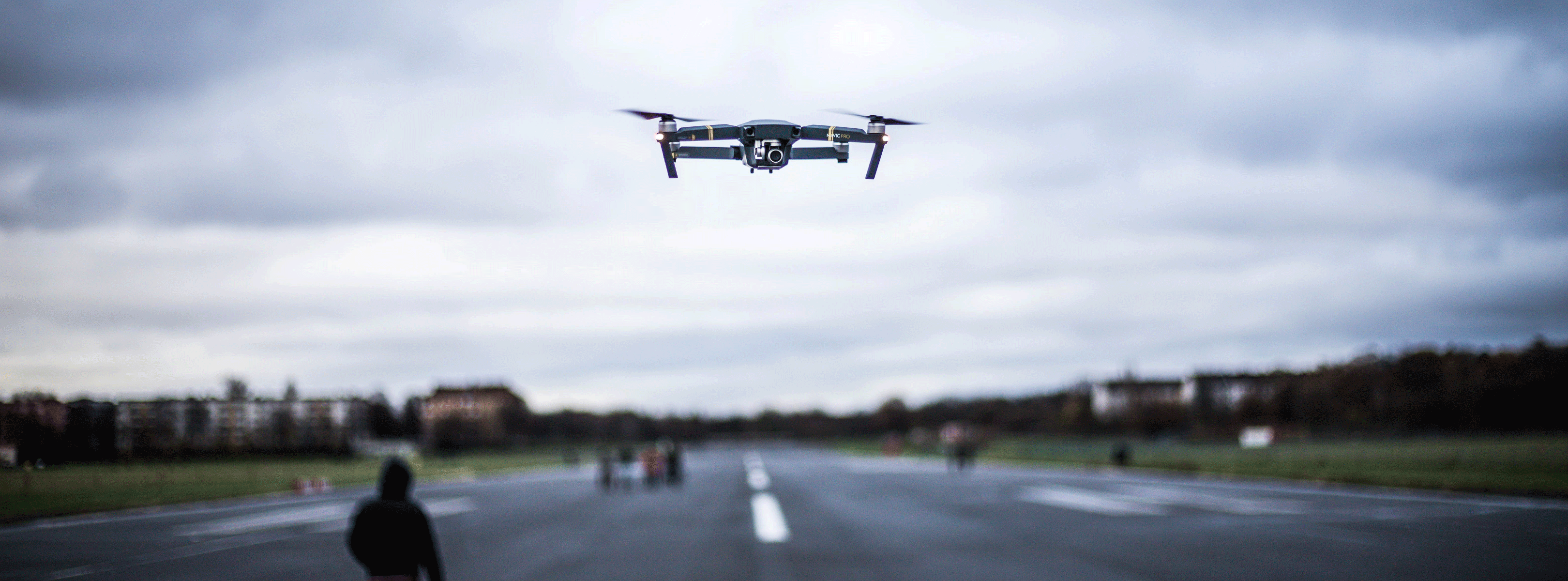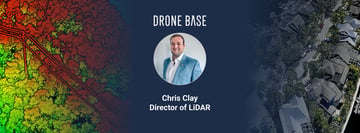When quadcopters - or drones as they are now generally called - entered the consumer market around 2010, not many would have guessed that within a few years the technology would be making an impact in all kinds of industries.
One of the areas where the most exciting and important developments are happening is the work of first responders. Drones, more advanced payloads and smarter software are combining to provide emergency teams with game-changing tools that are already saving lives around the world.
Here are a few examples of drone-related technologies that are empowering first responders.
Accessible thermal imaging
While it may not specifically be a drone technology, drone and camera manufacturers have together made thermal imaging from above more accessible than ever before.
A great example is the ongoing partnership between DJI and FLIR. In the past the pair have teamed up to develop compact thermal cameras to work with DJI’s Inspire and enterprise drones. The most recent was the Zenmuse XT2, which launched last year.
The XT2 combines FLIR’s Tau 2 thermal sensor and 4K visual camera with DJI’s stabilization and machine intelligence. The result is vital information in real-time, rather than waiting minutes or hours for data emergency teams need instantaneously.
The idea is that first responders can see the unseen: Temperature alerts and heat tracking can be automated, focusing attention onto the hottest things in view. And heat signatures can be overlaid onto optical images to provide clarity where needed.
It’s easy to see how this technology can empower first responders, whether they are firefighters searching for missing people through the smoke of a blaze, police scouring an area for fugitives in the dark or search and rescue teams on the lookout for heat signatures.
The Mavic 2 Enterprise Dual
The XT2 is designed to work with some of DJI’s more heavy-duty drones. At the end of 2018 the Chinese manufacturer launched a smaller, more portable solution for first responders in the form of the Mavic 2 Enterprise Dual.
The Mavic 2 Enterprise Dual has a three-axis stabilized camera which houses a side-by-side 4K sensor and a FLIR Lepton thermal micro-camera. Together they provide a potential emergency tool for comfortably night operations and flights in tricky conditions such as fog and smoke.
This portable but powerful new hardware is complemented by DJI’s Pilot app, which offers a number of ways to make the most of the data coming through in real-time.
FLIR’s multispectral dynamic imaging, for example, embosses visible light details onto the thermal imagery to enhance visual details, assisting pilots in interpreting data that may not be otherwise visible. Spot Meter displays the average temperature of an object, helping pilots monitor and measure critical or hazardous objects while maintaining a safe distance.
The DJI Mavic 2 Enterprise Dual also represents the manufacturer’s first go at producing a range of situational payloads, all of which can be used in a variety of scenarios by first responders.
These accessories include a 2,400 lumens spotlight for search and rescue at night or in low light; a strobe beacon designed with the FAA’s Night Waiver standards in mind; and a 100-decibel loudspeaker to play custom voice recordings during operations.
AirSense
Drones are still relatively new to emergency situations and, as we’ve seen with the occasional disruption to firefighting efforts around the world, they can often get in the way.
Back in In October 2018, DJI announced AirSense. This new feature in the DJI Pilot application alerts pilots of the Mavic 2 Enterprise and Matrice 200 Series when a signal from a nearby aeroplane or helicopter is detected.
The system works by picking up local ADS-B signals and should help to prevent mix-ups and serious accidents between drones and manned aircraft. With drones increasingly being used on the fly in emergency situations, accountability in the air and more clarity for teams working together with a variety of equipment can only be a good thing.
Want to learn more about the good drones are doing around the world? Read our post on all the ways that drones are being used to save lives.





